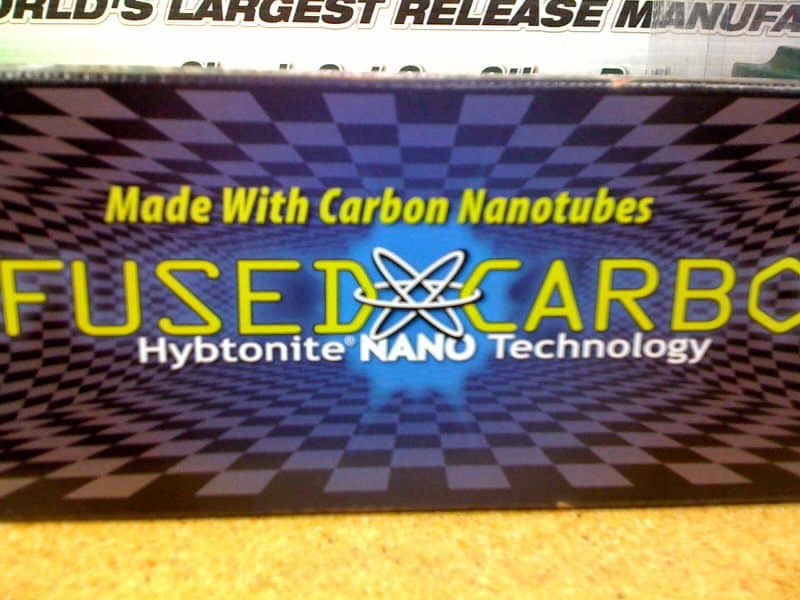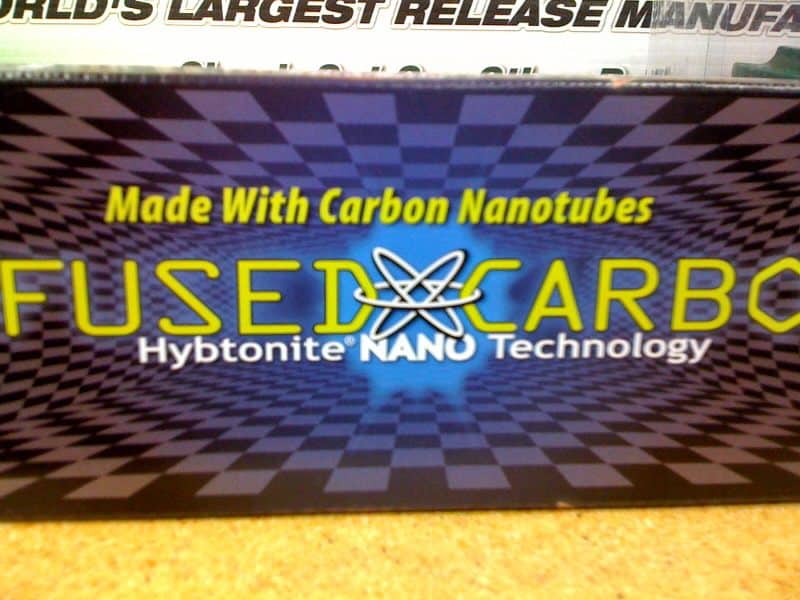Over at Nanoclast, Dexter Johnson writes:
It seems when nanotech is applied to photovoltaics it can either boost their efficiency to new heights or it can cheapen their manufacturing process. But it never seems to provide a solution to both of these. It’s always a tradeoff: increased efficiency but difficult manufacturing processes or a cheaper production process but less efficiency.
The solution to this, of course, is that the efforts in nanotech research should be going toward developing atomically-precise machinery that can do the manufacturing. Like any form of research and capital formation – vs – consumption question, there is a balance between this and direct application-oriented work, but the more spent on the former, the better in the long run. And the use of the word “nanotechnology” to characterize the latter has confused the issue.

As I wrote in Nanofuture:
… the stuff that’s going on in most labs today under the name of nanotechnology may make smaller computer chips, or stronger aerospace materials, or whatever, but it’s really more of the same old conventional technology by another name. You don’t need to read a whole new book to learn that people are trying to make more stain-resistant (and expensive) pants, or stronger (and more expensive) tennis racquets, or smaller, faster computers. Nor do you need to worry over the fact that marketing departments will be calling these things, and lots of other things over the coming years, “nanotechnology”–it’s just a word.
… So “nanotechnology” really does have two different meanings. One is the broad, “stretched” version meaning any technology dealing with something less than 100 nanometers in size. The other is the original meaning: designing and building machines in which every atom and chemical bond is specified precisely. I’ll refer to the former as “nanoscale technology” when I need to; but I won’t refer to it much. The capabilities and dangers of nanoscale technology are simple and straightforward extensions of current trends in the capabilities and dangers of chemistry, materials science, and microfabrication. The majority of new techniques being discovered and trumpeted as the latest thing in “nanotechnology” today will be obsolete in ten years.
… Nanotechnology has the potential for increasing our physical capabilities more than did the industrial revolution; expanding our ability to learn and communicate more did than the printing press; accelerating our ability to travel more than did the boat or the wheel; and enlarging the range of places we can live more than clothing did. It could induce greater biological changes in the human organism than the difference between humans and chimpanzees; indeed, greater than the difference between humans and horseshoe crabs. It is coming, possibly in the next decade, probably in the next two-and-a-half, almost certainly in the twenty-first century.
Meanwhile, solar power continues to fall in a Moore’s Law – like fashion; but it won’t really be mature until we get real nanotechnology.

